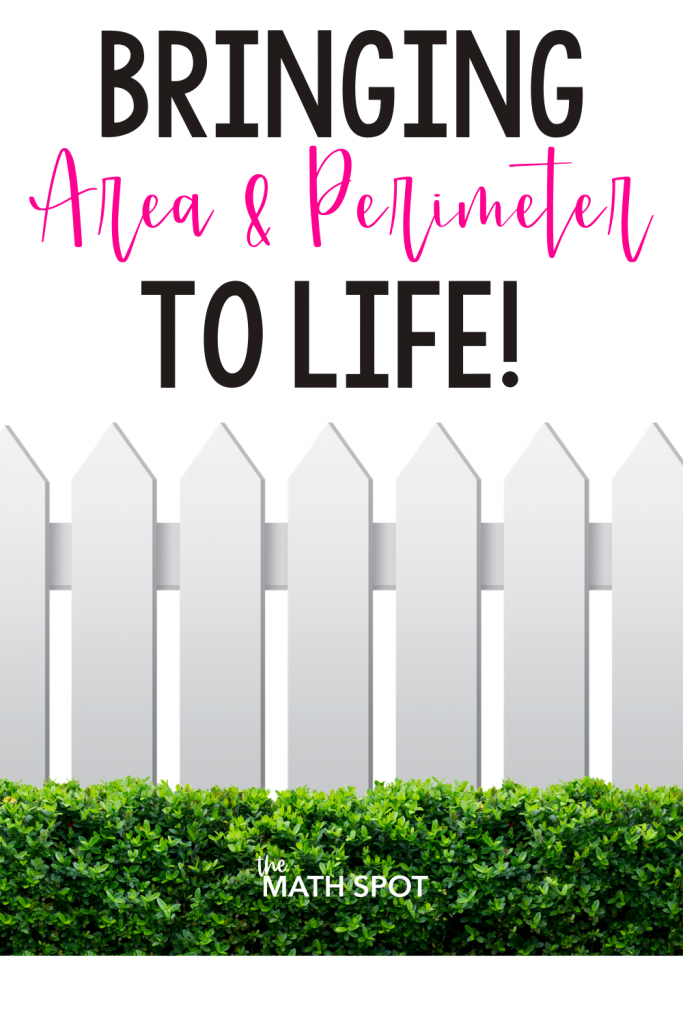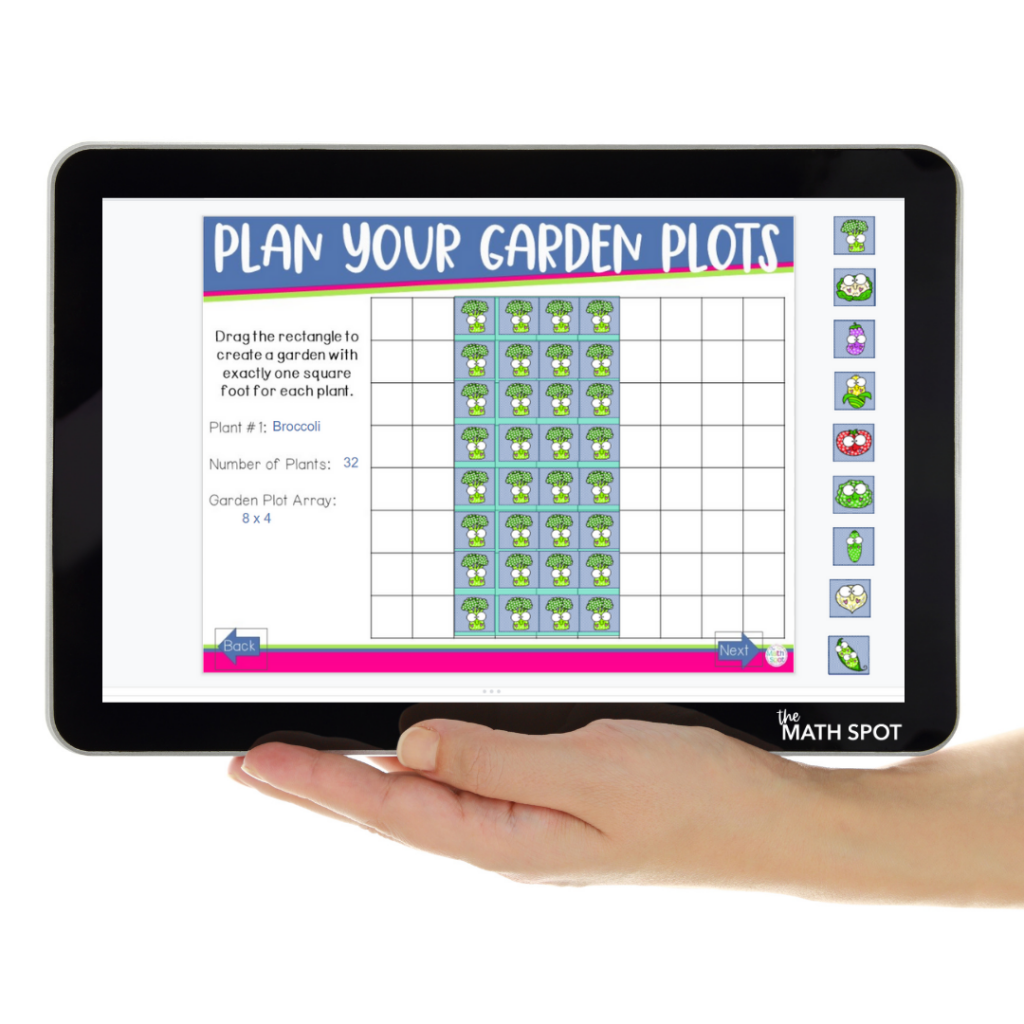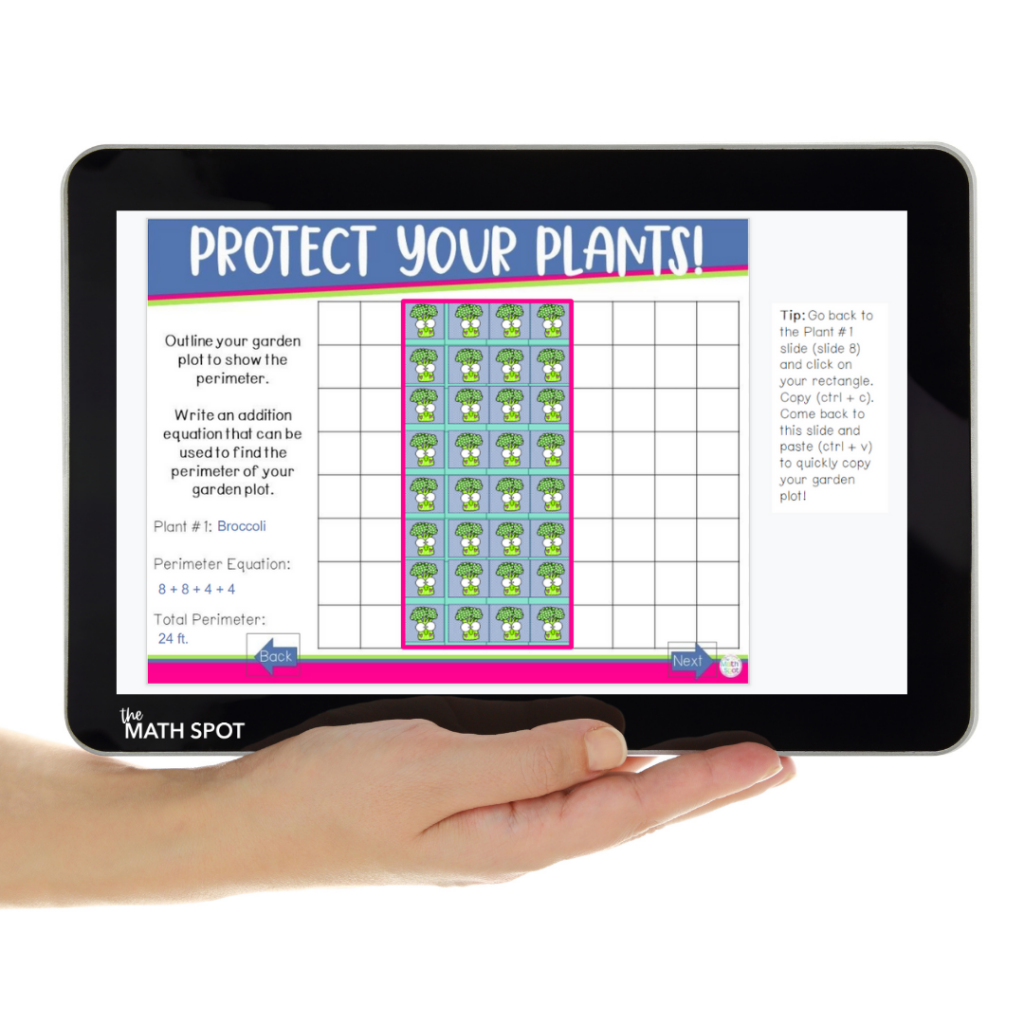This post contains affiliate links. This means that when you make a purchase, at no additional cost to you, I will earn a small commission.

Area and perimeter can initially be difficult to remember for your 3rd and 4th grade students. Use these area and perimeter activities to bring math to life and your students will replace their confusion with concrete memories and deep understanding!
Make It BIG!
Using a material such as magnet tiles, work with your students to cover the area of a large piece of furniture such as a desk. Magnet tiles work beautifully for this activity as you can then turn additional magnet tiles up on their sides to build a “fence” around the perimeter of the desk. Starting concrete will help to build a strong foundation for your students’ understanding.
But don’t stop there! This concrete activity is an excellent introduction to the skill but, to internalize, your students need to try it for themselves. After completing the full group experience, work with students in small groups to explore with magnet tiles to find the area and perimeter of desks, tables, textbooks, crates, and shelves themselves.
Consider creating an anchor chart so that your students can chart their findings.
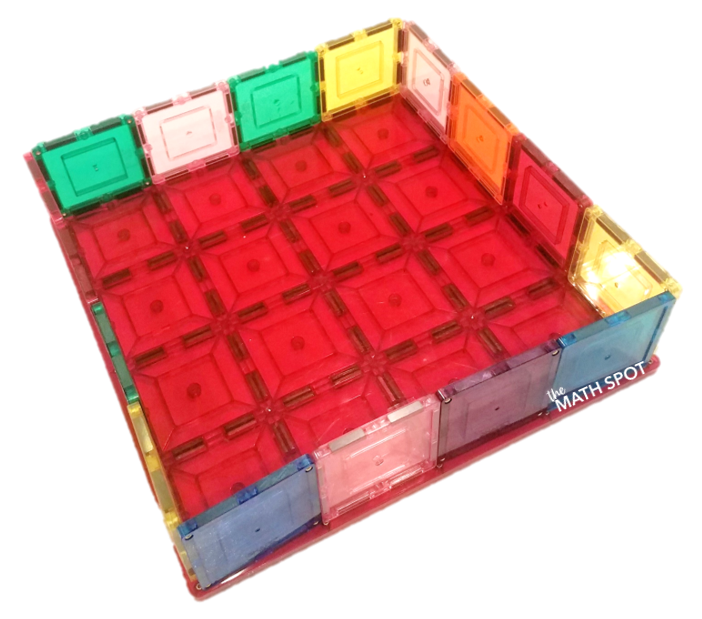
Create Area and Perimeter Activities With a Context
Finding the area and perimeter of large items is engaging, but to lock in the meaning and purpose, adding context to your area and perimeter activities is key!
Provide your students with graph paper (here are a few sizes for you) and a context and a place to chart their creations. Allow your students to design and experiment and make the design their own.
Contexts to try might include:
- Create a petting zoo with fenced-in areas for 6 different animals. What are the areas and perimeters of each animal’s space?
- Create raised garden beds with space for 5 different vegetables. What are the areas and perimeters of each garden bed?
- Create a neighborhood with at least 4 houses and give each house a fenced-in backyard. What are the areas and perimeters of each yard?
- Build a house with at least 7 different rooms. What are the areas and perimeters of each room?
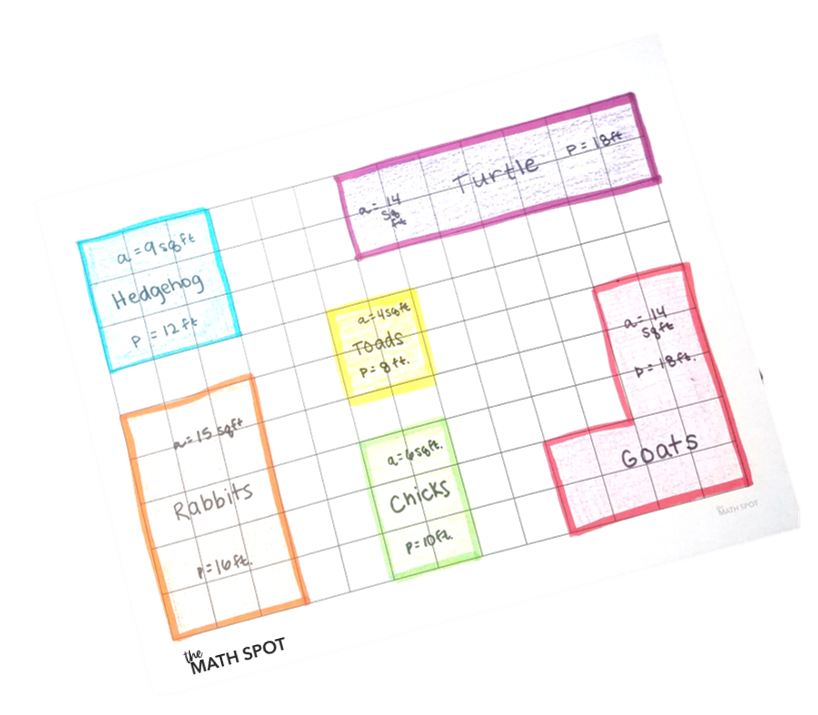
Go Digital!
Much like exploring on graph paper, your students can play with area and perimeter by dragging and resizing. This “Design a Garden” project allows students to drag and drop plants as they determine their arrangement. They can then drag and drop rectangles to find the area and perimeter of their garden plot.
Dragging and dropping rectangles (filled and outlines) makes exploration quick and easy for your students
Review, Review, Review
Area and perimeter, like any other math subject, are not a one-and-done topic. Be sure that you are bringing area and perimeter activities back into your instruction throughout the year. You don’t need to bring area and perimeter in at the same time- in fact, you shouldn’t! The two topics are often taught side by side but treating each as their own topic with its own purpose will further help to solidify your students’ learning.
In and amongst a bigger camping project including other skills such as multiplication, division, naming fractions, and elapsed time, this area activity asks students to plan out the design of their campsite.
Continue to provide your students opportunities to find area and perimeter within the context of larger activities and projects to keep the skill fresh and to build new connections to the skill.
